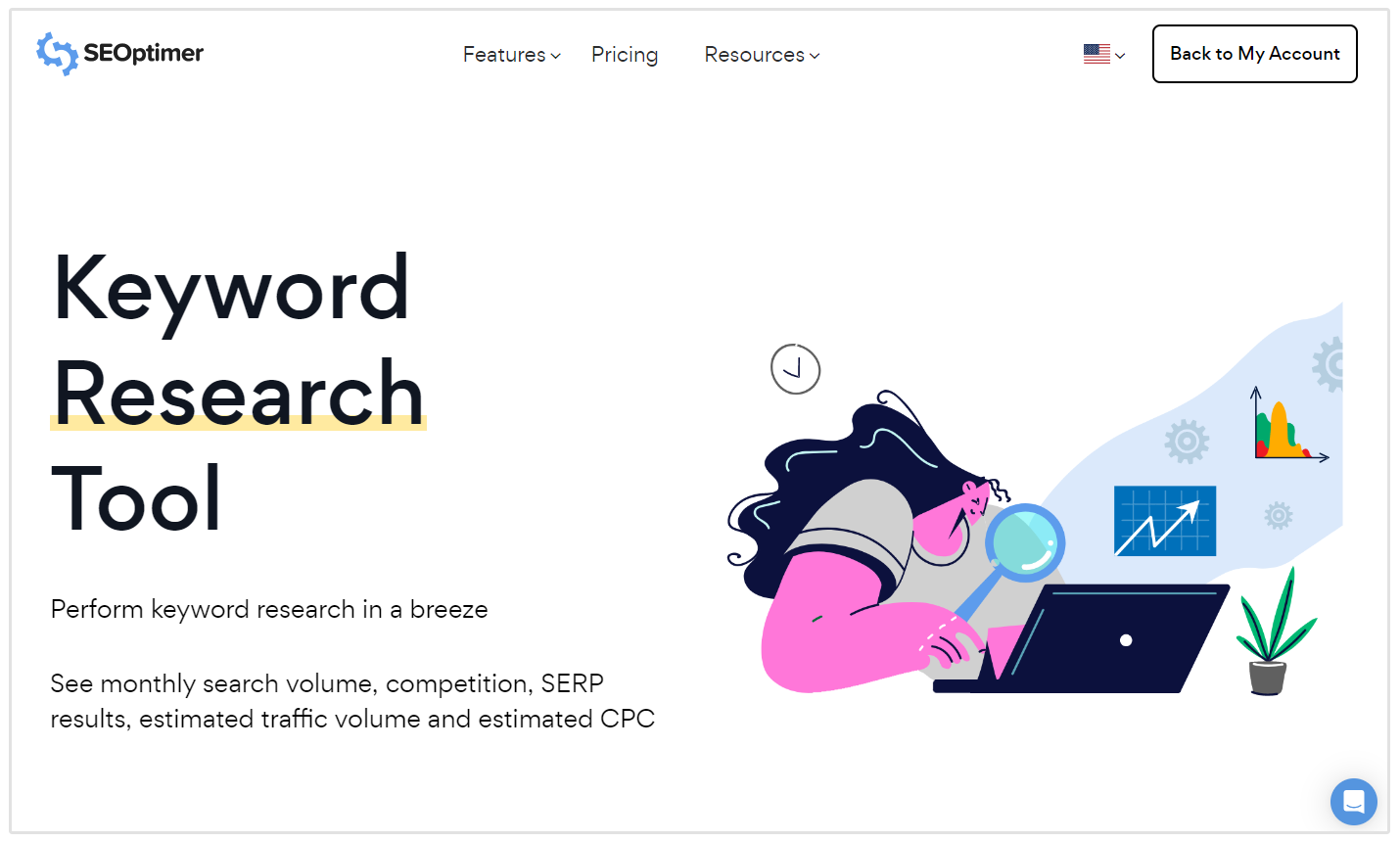Understanding Secondary Dimensions in Google Analytics: Interpretation and Critical Assimilation
Understanding Secondary Dimensions in Google Analytics: Interpretation and Critical Assimilation
Blog Article
Harnessing the Power of Additional Dimension in Google Analytics to Improve Your Advertising Technique and Drive Outcomes
Leveraging the power of second dimensions within Google Analytics opens a world of possibilities for marketing experts looking for to get much deeper understandings into individual behavior and customize their projects with accuracy. The prospective to measure campaign efficiency with a granular lens better highlights the significance of utilizing this device to drive success.
Understanding Secondary Dimensions
When examining information in Google Analytics, recognizing second dimensions is critical for getting much deeper insights into user habits and web site efficiency. Main dimensions provide standard details such as the number of users or sessions, yet additional measurements use a more detailed view by enabling individuals to sector and assess information better. By including a second measurement, marketing experts can fine-tune their analysis and uncover beneficial patterns that might have or else gone undetected.
Second dimensions in Google Analytics can be put on various metrics such as traffic resources, user demographics, and habits circulation. For instance, by integrating the primary dimension of 'touchdown web pages' with the second dimension of 'device classification,' marketing professionals can establish which devices are driving traffic to particular landing pages. This info can aid enhance site design and web content for better user experience throughout different tools
Analyzing User Actions Patterns
To efficiently comprehend customer actions patterns, a thorough evaluation of information within Google Analytics is crucial. By delving into customer actions patterns, marketers can obtain useful understandings right into just how site visitors communicate with their web site, which web pages are most interesting, and where possible traffic jams or drop-off factors might exist in the conversion funnel. Google Analytics provides a range of tools to evaluate user actions, such as habits flow records, event tracking, and goal funnels.
Actions circulation records supply an aesthetic depiction of just how customers navigate via the website, showing the most common paths customers take along with where they hand over. Event tracking permits marketing experts to monitor details communications on the website, such as button clicks or video sights, giving a deeper understanding of user engagement. Goal funnels track the actions customers take in the direction of finishing a details objective, highlighting locations for enhancement in the conversion process.
Enhancing Target Market Division
Upon evaluating individual habits patterns, marketing experts can better maximize their approaches by enhancing audience division strategies in Google Analytics. Audience division enables the classification of website site visitors right into particular teams based on different characteristics such as demographics, actions, and rate of interests. By making use of Google Analytics' additional measurements, marketers can improve these sections also further to obtain deeper understandings into their audience's activities and preferences.
Enhancing audience division enables online marketers to develop more targeted and customized marketing campaigns. By recognizing distinct individual teams, marketers can tailor their messaging, web content, and offers to much better reverberate with each sector's distinct features and requirements. This degree of personalization can significantly enhance engagement, conversion rates, and total advertising efficiency.
Additionally, through improved audience segmentation, marketers can much better comprehend the customer journey and maximize touchpoints along the course to conversion. By assessing exactly how different sectors engage with the website and advertising and marketing channels, marketers can determine chances to enhance customer experience, address discomfort points, and inevitably drive even more conversions. Overall, refining audience division in Google Analytics is an effective approach for making the most of advertising and marketing Homepage effectiveness and driving sustainable service development.
Tailoring Advertising Campaigns
Marketers can maximize their marketing projects by customizing web content and messaging to fit the unique characteristics and demands of particular target market sections. By leveraging insights from additional measurements in Google Analytics, marketing professionals can acquire a much deeper understanding of their audience's actions, preferences, and demographics.
Through the analysis of additional measurements such as website traffic resources, tools utilized, or geographical place, marketing experts can adjust their messaging to be more impactful and relevant. By customizing advertising and marketing projects based on understandings from additional dimensions, companies can optimize the efficiency of their efforts and ultimately drive better ROI.
Measuring Campaign Performance

One important facet of gauging campaign performance is tracking conversions. By establishing objectives in Google Analytics, businesses can keep an eye on particular activities taken by users as an outcome of the project, such as making an acquisition or signing up for a newsletter. Comprehending the conversion price and the conversion course can give important insights right into the performance of different marketing channels and messages.
Moreover, examining metrics such as click-through prices, bounce rates, and session duration can assist marketing experts evaluate customer engagement and the impact of the project on site traffic. By integrating key metrics with secondary dimensions in Google Analytics, businesses can fine-tune their advertising methods, enhance campaign efficiency, and drive much better outcomes.
Verdict
Finally, harnessing the power of additional measurements in Google Analytics can supply beneficial understandings into user actions patterns, improve target market segmentation, check it out dressmaker marketing projects, and procedure campaign performance. By utilizing this attribute properly, companies can refine their advertising and marketing methods and drive better outcomes. It is important for marketing experts to take advantage of the information offered through second measurements to make educated choices and maximize their projects for maximum influence.

Report this page